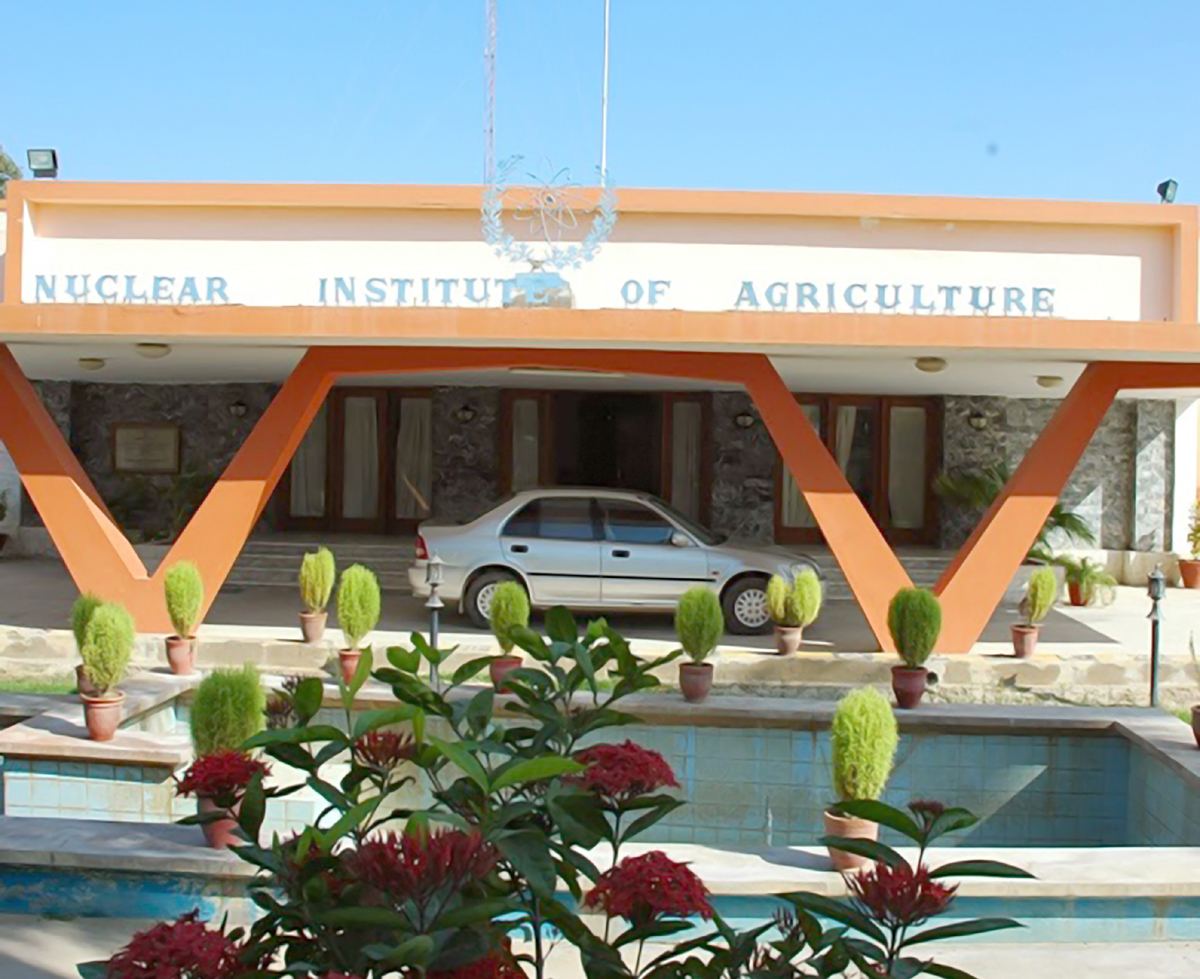By Interaction Team
This series is dedicated to showcasing the remarkable achievements and vital contributions of the Pakistan Atomic Energy Commission (PAEC) and its affiliated institutions. It aims to provide readers with insights into Pakistan’s nuclear advancements, including nuclear science, energy production, healthcare breakthroughs, agricultural innovations, and environmental conservation, all driven by PAEC’s pioneering efforts. The series draws extensively from the insightful book “Johari Nishtar e Tehqeeq,” the first-ever Urdu book on the topic, authored by the Chief Editor of the monthly Interaction, Nusrat Mirza. It offers a unique perspective on untold stories, significant milestones, and the unwavering commitment of PAEC and its dedicated scientists and researchers.
The Nuclear Institute of Agriculture (NIA) is the first-ever agricultural research institution, established in Tandojam, Sindh, in 1969 by the Pakistan Atomic Energy Commission (PAEC). NIA’s primary focus is on agricultural research and development.
Its goal is to enhance Pakistan’s agricultural productivity and food security through techniques such as radiation and isotopes for agriculture, soil fertility management, crop improvement, and pest control. NIA’s divisions include:
- Plant breeding and genetics division
This division prioritizes breeding crops like wheat, rice (coarse varieties), cotton, and sugarcane for improved yields, disease resistance, and stress tolerance. They also explore tissue-cultured sugarcane and banana seedlings in collaboration with the private sector, evaluate NIA-developed sugarcane varieties, and maintain a molecular marker database for germplasm.
2. Plant protection division
In this division, the focus is on managing insect pests, including sugarcane borers, fruit flies in mango and guava, cotton insect pests (borers and mealy bugs), and rice stem borers.
They address post-harvest losses in cereal grains and pulses and conduct plant pathology for NIA’s mandate crops. The division aims to commercialize NIA-developed bio-control cards and traps, involving the private sector.
3. Plant physiology division
It screens wheat and rice germplasm for salt and drought tolerance, studies stress tolerance mechanisms and evaluates wheat and rice genotypes based on specific traits. Additionally, they research fruit retention in mangoes through phyto-hormone application.
4. Soil science division
NIA’s Soil Science Division emphasizes micronutrient nutrition of crops, integrated plant nutrient management, field-level adaptability, utilization of salt-affected soils, and understanding the nutritional requirements of crop varieties developed at NIA.
In a nutshell, the Nuclear Institute of Agriculture is a key player in Pakistan’s agricultural advancement, using nuclear science and technology to improve practices, increase food production, and ensure food security.


